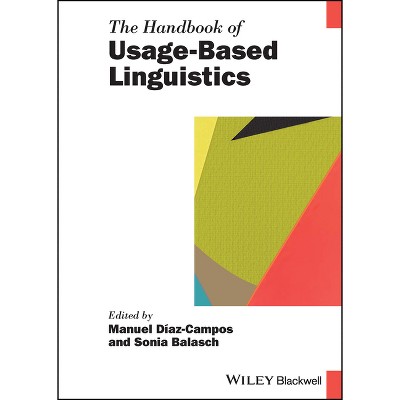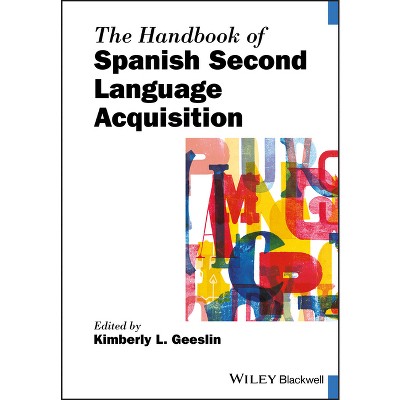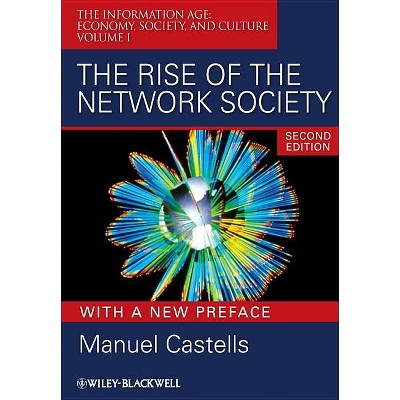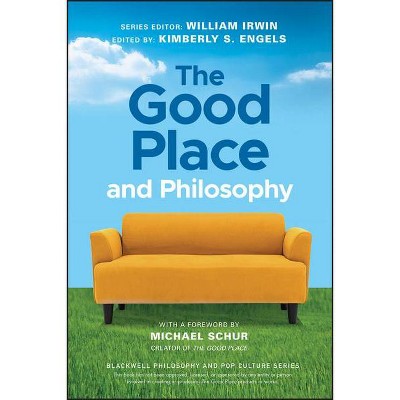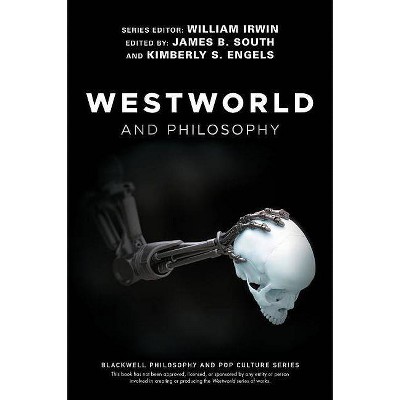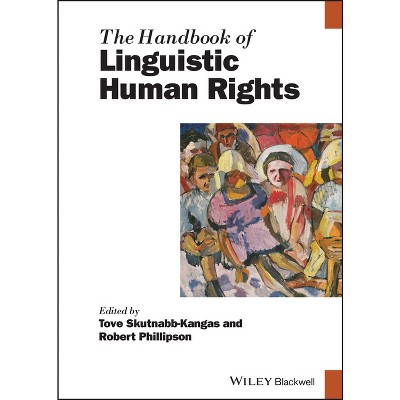Introducción y aplicaciones contextualizadas a la lingüística hispánica - by Manuel Díaz-Campos & Kimberly L Geeslin & Laura Gurzynski-Weiss

About this item
Highlights
- Introducción y aplicaciones contextualizadas a la lingüística hispánica provides a contemporary introduction to the study of Spanish, helping students apply linguistics analysis to the study of language.
- About the Author: Manuel Díaz-Campos is Professor of Hispanic Sociolinguistics at Indiana University, Bloomington, USA.
- 384 Pages
- Language + Art + Disciplines, Language Arts
Description
About the Book
"Introducciâon y aplicaciones contextualizadas a la lingèuâistica hispâanica provides a contemporary introduction to the study of Spanish, helping students apply linguistics analysis to the study of language. It encourages the reader to analyze language in action and understand how linguistic components interact to convey conceptual and social meaning. A contemporary introduction to the study of Spanish that encourages both Spanish and semi-proficient non-native Spanish speaking students to see language in action and understand how linguistic components interact to convey conceptual and social meaning Addresses the core sub-fields of linguistics (phonetics, phonology, morphology, syntax, semantics, and pragmatics) as they relate to the study of the Spanish language Uses second language acquisition as a foundation upon which linguistic analysis can be built Supplementary companion website includes exercises, comprehension questions, cutting-edge research highlights, lists of key terms, and analytical mini-projects designed to help the user and encourage students to apply learned theoretical knowledge to real-world language use contexts"--Book Synopsis
Introducción y aplicaciones contextualizadas a la lingüística hispánica provides a contemporary introduction to the study of Spanish, helping students apply linguistics analysis to the study of language. It encourages the reader to analyze language in action and understand how linguistic components interact to convey conceptual and social meaning.
- A contemporary introduction to the study of Spanish that encourages both Spanish and semi-proficient non-native Spanish speaking students to see language in action and understand how linguistic components interact to convey conceptual and social meaning
- Addresses the core sub-fields of linguistics (phonetics, phonology, morphology, syntax, semantics, and pragmatics) as they relate to the study of the Spanish language
- Uses second language acquisition as a foundation upon which linguistic analysis can be built
- Supplementary companion website includes exercises, comprehension questions, cutting-edge research highlights, lists of key terms, and analytical mini-projects designed to help the user and encourage students to apply learned theoretical knowledge to real-world language use contexts
- Instructors will also have access to a sample 16-week semester syllabus and corresponding task-based lesson plans (in PowerPoint format) as well as assignments which they can edit for use in their own learning context.
From the Back Cover
Introducción y aplicaciones contextualizadas a la lingüística hispánica provides a contemporary introduction to the study of Spanish, helping students apply linguistics analysis to the study of language. It encourages the reader to see language in action and understand how linguistic components interact to convey conceptual and social meaning.
Using second language acquisition as a foundation to support semi-proficient non-native speakers in addition to fully fluent speakers, this innovative book introduces and addresses the core sub-fields of linguistics (phonetics, phonology, morphology, syntax, semantics, and pragmatics) as they relate to the study of the Spanish language. Taking a real-world language-use approach, the text encourages students to understand and see how the theory is applied and practiced in everyday use and contexts.
A supplementary companion website aids student learning by including features such as exercises, cutting-edge research highlights, in-text comprehension questions, out-of-class exploration exercises, key term lists, three sets of end-of-chapter exercises of increasing depth and difficulty, and analytical mini-projects.
A unique combination of the theoretical and applied linguistic study, Introducción y aplicaciones contextualizadas a la lingüística hispánica is the ideal introduction to this fascinating and important area of Spanish language study.
Review Quotes
"...this book is invaluable to any instructor teaching Spanish linguistics...I believe the authors succeed in collecting a lot of information in a relatively short amount of text and that this book, as mentioned previously, could take the place of other texts across a curriculum with other texts as supplementary material." - Boris Yelin, Northeastern University for Linguist List, 31.91
About the Author
Manuel Díaz-Campos is Professor of Hispanic Sociolinguistics at Indiana University, Bloomington, USA. He has published on the acquisition of sociolinguistic variables in L1, sociolinguistic variation including phonological and morphosyntactic phenomena, acquisition of second language phonology, and topics in Spanish laboratory phonology. His research appears in notable journals, such as Language in Society, Probus, Lingua, and Studies in Second Language Acquisition, among others. He is the editor of The Handbook of Hispanic Sociolinguistics (2011) and the author of Introducción a la Sociolingüística Hispánica (2014).
Kimberly L. Geeslin is Professor in the Department of Spanish and Portuguese at Indiana University, USA. Her research focuses on second language Spanish and the intersection of Second Language Acquisition and sociolinguistics. She has published research articles in Studies in Second Language Acquisition, Language Learning, Hispania, and Spanish in Context, among others. She is co-author of Sociolinguistics and Second Language Acquisition (2014) and the editor of The Handbook of Spanish Second Language Acquisition (2013).
Laura Gurzynski-Weiss is Associate Professor in the Department of Spanish and Portuguese at Indiana University, USA. She investigates interaction- and task-based classroom instructed Second Language Acquisition, feedback provision and perception, instructor cognition, research methodology, and the role of interlocutor and instructor individual characteristics as well as learner individual differences. She is the founder and convener of the AILA Research Network on Interlocutor & Instructor Individual Differences in Cognition and Second Language Acquisition (www.individualdifferencesinsla.com). Her research has been published in edited volumes and journals, including Studies in Second Language Acquisition, Language Learning, Applied Psycholinguistics, The Modern Language Journal, Language Teaching Research, and Hispania.






